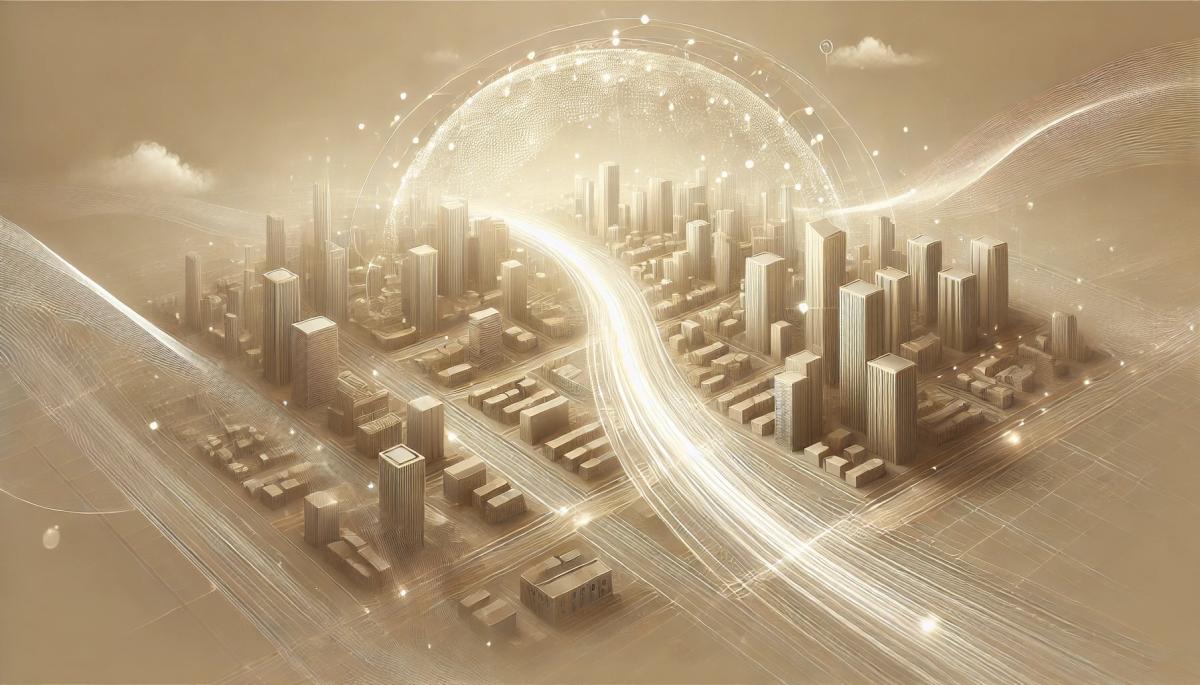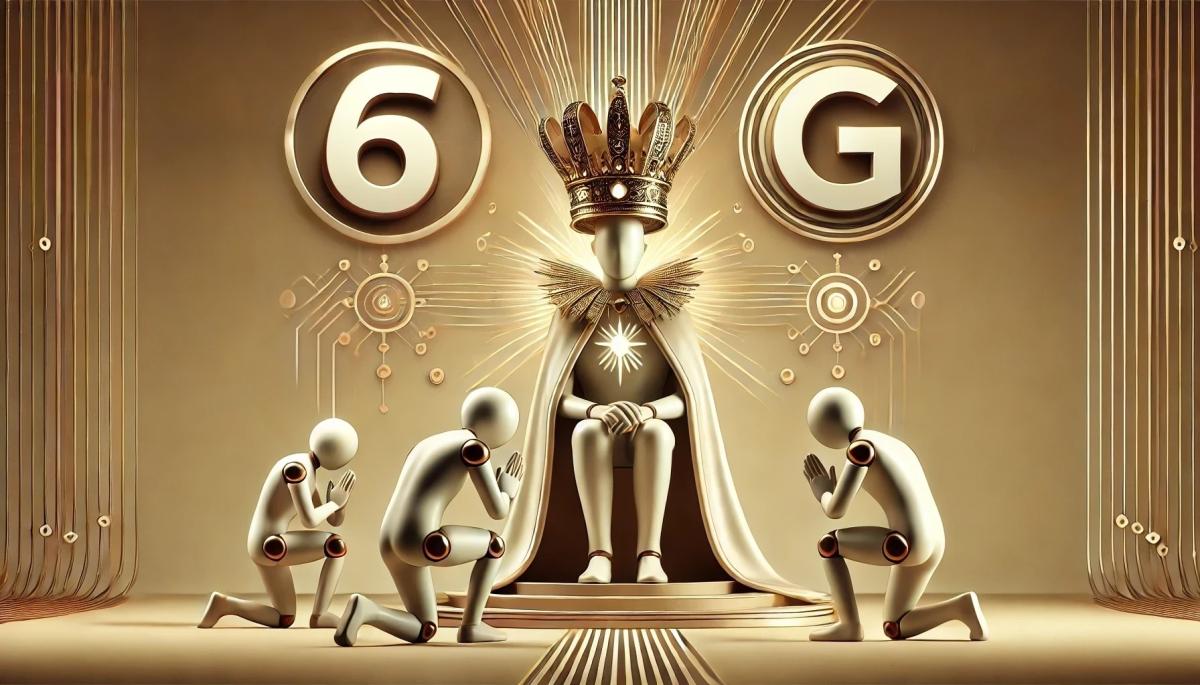You hear about 5G from all sides, but you are still not sure what it actually is and how it differs from 4G? This article will explain the key differences between 4G and 5G networks, from speed and latency to their impact on the battery life of your mobile device.

The terms 4G and 5G have become synonymous with fast mobile internet in recent years. They are also driving technological progress. While 4G, or LTE, is already the standard, 5G comes with revolutionary changes that promise to push the boundaries of mobile internet to a completely new level. Let's take a look at how these networks differ.
Speed
The most visible and talked-about difference between 4G and 5G is speed. While 4G networks achieve an average download speed of around 20 Mbps and upload speed of around 10 Mbps, 5G networks promise up to tenfold acceleration, with a theoretical maximum download speed of up to 20 Gbps and upload speed of up to 10 Gbps.
In practice, you could download a full-length high-definition movie in a few seconds, quickly send a large file, or smoothly stream in high resolution 4K or 8K.
Latency
Another key parameter that affects the smoothness and responsiveness of online applications is latency – the delay between sending a request from your device and its delivery to the server and back.
While 4G latency is around 50 milliseconds, 5G networks can reduce it to an incredible 1 ms, which is close to the human brain's reaction time. This near-instantaneous response opens the doors to new technologies such as virtual reality (VR) and augmented reality (AR), autonomous driving, telemedicine, and online gaming.

Capacity
The world is becoming increasingly interconnected, which is why 4G networks are struggling with the growing number of connected devices – smartphones, tablets, laptops, as well as smartwatches, fitness bands, smart homes, and other Internet of Things (IoT) devices.
For this reason, 5G networks come with much greater capacity and bandwidth, allowing billions of devices to connect without affecting network speed and stability. Rapid deployment of 5G is therefore crucial for the development of the Internet of Things, smart cities, Industry 4.0, and other innovative technologies that require reliable connectivity.
Frequency
5G networks use higher frequency bands for data transmission than 4G. This allows them to achieve higher speeds and capacity but also reduces signal reach and the ability to penetrate obstacles like building walls or trees.
To ensure adequate 5G signal coverage, a denser network of transmitters needs to be built, which brings higher costs for operators.
Impact on battery
Although 5G networks operate at higher frequencies and speeds, they are paradoxically more energy-efficient than 4G. Thanks to optimization and new technologies, 5G devices can work with lower energy consumption, extending their battery life on a single charge.

What will 6G and future generations bring?
Even though 5G is still in the development and implementation phase, scientists and engineers are already working on the next generation of mobile networks – 6G. It is expected that 6G will bring further radical acceleration, with download speeds of up to 1 Tbps and extremely low latency below 1 ms.
The 6G network should be based on advanced technologies such as artificial intelligence (AI), machine learning (ML), and blockchain, enabling better adaptation to user needs and optimization of network resources.
Key innovations that 6G could bring include:
- Tactile internet – The ability to transmit sensations of touch and feel remotely, which could completely change online shopping, entertainment, and medicine.
- Holographic communication – The ability to communicate with 3D holographic projections that could replace video calls and online conferences.
- Fully autonomous systems – Reliable and safe operation of self-driving vehicles, drones, and robots in real-time.
- Intelligent infrastructure – Connecting and automating urban infrastructure, such as transportation, energy, and security.
The arrival of 6G networks is expected around 2030 and promises another revolution in mobile connectivity and technology.
For now, we have to be content with established 4G and gradually developing 5G. It promises a revolution in many areas, from online entertainment and communication to autonomous systems and smart cities to telemedicine.
Leaked passwords: How to find out if someone has obtained your data

Data breaches happen all the time and can affect anyone. Even strong login credentials can appear in the database of leaked passwords circulating on the internet. In the article, you will learn how to perform a password check using verified tools and find out if someone has gained access to your accounts.
Internet via light or how does Li-Fi work?

With the growing number of connected devices and the increased volume of data being transmitted, new ways are being sought to speed up and improve network efficiency. Internet via light, referred to as Li-Fi technology, uses LED lighting for wireless data transmission and promises higher speed and greater security. Let's see how it works and where it's already being tested.
What will 6G internet bring – lightning-fast connection, smart cities, and artificial intelligence in the network

Mobile networks of the sixth generation will push the boundaries of communication and data transmission. 6G internet will offer speeds in the order of terabits, minimal delay, and integration with artificial intelligence. In the article, we explain how this technology works, how it differs from 5G, what frequencies it uses, and why it is essential for smart cities and modern industry.
Wireless charging: What are its benefits, limitations, and where is it heading?

Wireless charging has evolved from a luxury feature to a standard part of most modern phones. Simply place your mobile on the pad, and energy begins to flow without searching for a cable and connector. We explain how wireless charging works, what it entails, and why Qi and Qi2 technologies have become the new standard of convenience.
What is Wi-Fi 7? What changes does it bring and when does it make sense to switch

Today's home Wi-Fi network is under increasing pressure. It has to handle video calls, online gaming, and dozens of smart devices. The new Wi-Fi 7 standard offers a solution that takes wireless connectivity to the next level. We'll explain what this standard means in practice and why it might be crucial for the future of home and business networks.
What is DNS? Everything you need to know about its functionality and setup

When you type a website address into the browser, the correct page loads in an instant. This is managed by the DNS system, without which the internet as we know it would not exist at all. In this article, you will learn what DNS is, how it works, what types of records it contains, and why it is important for both speed and security of the connection.